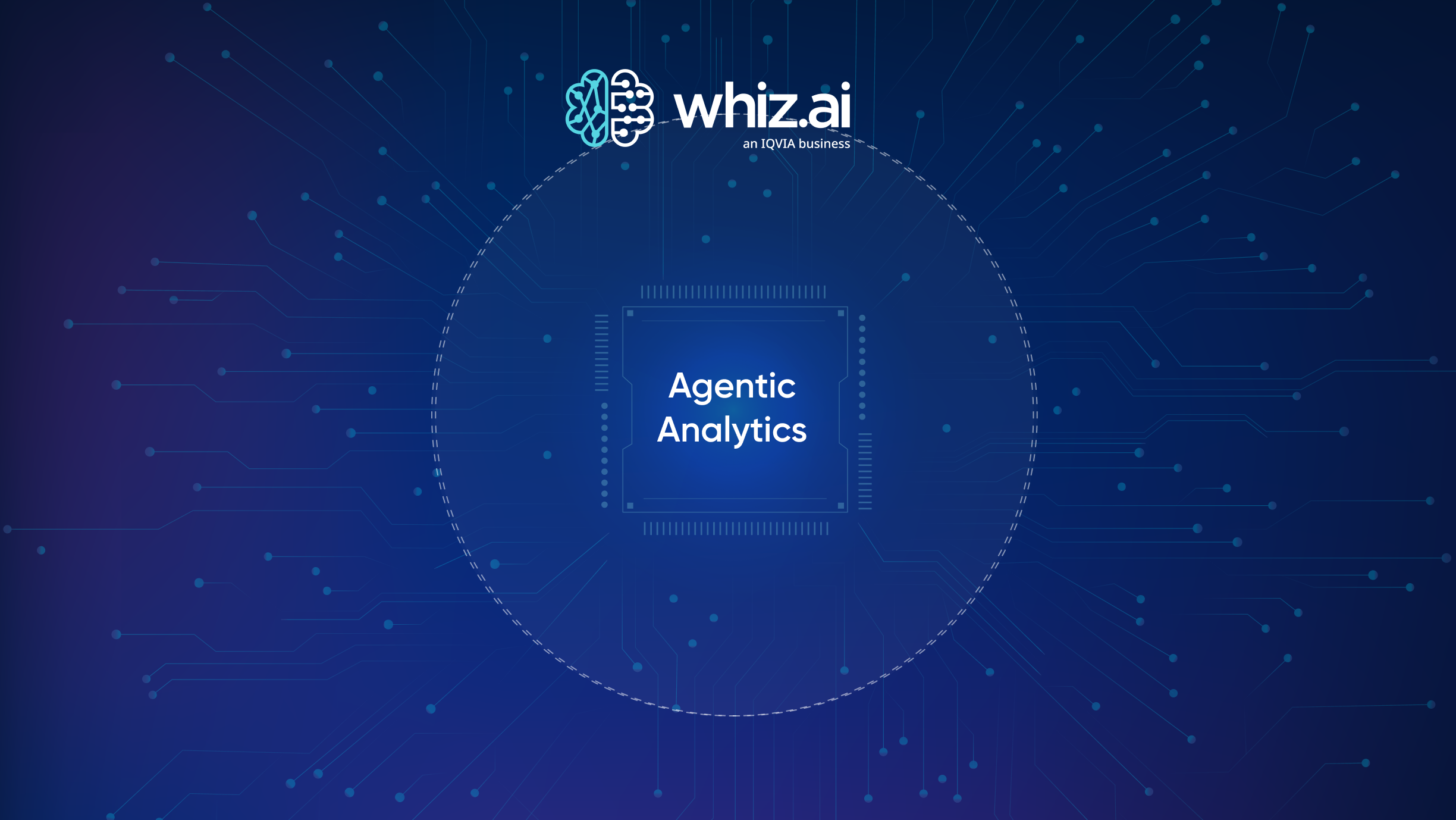Why Life Sciences Company Success Hinges on Self-Service Business Intelligence Tools


The Benefits of Self-Service Business Intelligence Tools
- Operational Efficiency
Empowering analytics users to find the answers they need without help from IT streamlines operations. Users don’t need to interrupt workflows to request analyses, and the analytics team can focus on strategic objectives rather than reporting for teams throughout the organization. The time savings can be significant—up to 60% less dependence on the IT team. As a result, the total cost of ownership of data analytics can decrease by 50%. - Better Team Alignment
Life sciences companies gain an edge from a self-service business intelligence tool that integrates with an organization’s internal data and updates automatically. That means the information the field sales, marketing, and patient services teams receive aligns with insights that R&D and the executive teams access for better collaboration. - Personalized Insights
Traditional dashboard solutions are time-consuming to build, so it’s common for IT teams to develop them to provide generalized insights to address as many users as possible. Those dashboards don’t provide granular insights based on the user’s role or geographic region. And they certainly don’t equip field sales to personalize engagements with specific physicians. Self-service analytics that leverages artificial intelligence provides users with the precise information they need on demand.
How to Choose a Self-Service Business Intelligence Tool
Life sciences companies evaluating self-service business intelligence tools should look for platforms with these features to ensure they receive the most significant ROI.
Large language model (LLM)
In a life sciences company, very few team members across business functions are IT and data science experts. Artificial intelligence (AI) that understands users when they ask questions conversationally and responds with insights in a way that’s easy for users to understand will enable them to use the platform without help from IT and data resources.
No-code environment
Ensure the platform allows users to configure their dashboards easily, giving them a quick view of the most critical information. A no-code environment enables them to track insights, review visualizations, and share information without coding.
Domain-specificity
AI business intelligence tools should be trained with life sciences data. It ensures fast implementation, often only a few weeks, and the tool will provide accurate, relevant insights immediately.
Scalability
Life sciences data volumes are increasing exponentially, and the self-service business intelligence tool that life sciences companies deploy today must be able to keep up with new, larger data sources to continue to provide value in the future.
Data governance
Life sciences datasets may contain protected health information. With more people accessing this information, selecting a tool that allows administrators to de-identify or restrict some information to comply with data privacy regulations and protect patient data is crucial.
AI and Self-Service Are the Future of Analytics
Traditionally, analytics user adoption has been low in life sciences, often only about 30-40%. Therefore, many decisions users have made across business functions didn’t consider that. This can result in missed opportunities, wasted time and resources, and a decline in brand performance. The future of business intelligence is giving users across the organization direct access to accurate, contextual information they can rely on to improve outcomes. And when team members see performance improve, user adoption increases. In fact, with WhizAI’s self-service business intelligence tool, adoption is as high as 100%.WhizAI’s platform is designed to address life sciences companies’ business intelligence challenges and delivers fast, convenient user experiences. Contact WhizAI to learn more about how to give users direct access to the insights they need.
Frequently Asked Questions
How does WhizAI understand users?
WhizAI uses a combination of deep learning and advanced linguistic techniques, such as natural language understanding (NLU) and natural language generation (NLG), to determine what users are saying, both literally and their intent, and uses available data to answer their questions. Then, based on the question and the insights, it automatically determines the best way to visualize the data.
How can WhizAI users share information with each other?
WhizAI gives users a no-code environment where they can create Pinboards. They can save insights on their Pinboards and use them to share information with colleagues.
Can WhizAI work with traditional BI tools?
Yes. WhizAI can integrate into a life sciences company’s IT ecosystem and complement existing BI tools. Users who have taken this approach have been able to decrease the number of traditional dashboards they maintain, and some even use WhizAI to make insights more easily available from the models they’ve developed.
Is it possible to deploy WhizAI in the cloud?
Yes. WhizAI is deployable on-premises or in the cloud. It also gives allows organizations to choose from private or public clouds, like AWS and Azure.
How quickly can WhizAI answer complex questions?
WhizAI can analyze petabytes containing billions of data points and provide accurate, contextual insights in less than a second. User interactions with the platform, including follow-up questions for deeper insights, can take as little as a few minutes.


Subscribe to our blog








.png)






.avif)



.png)